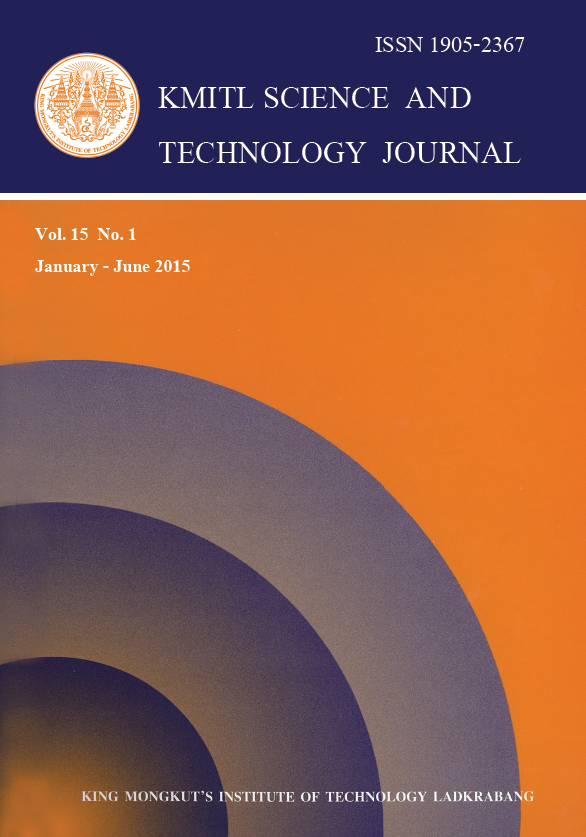Cassava is an important crop in the tropics and subtropics for food security and income to some 500 million people. However, the ever-increasing human population especially in the developing countries, the low protein content, vitamins, minerals and various insects and virus diseases has posed a challenge to boost cassava production in limited cultivable land. Biotechnology has been identified as a powerful tool for genetic transformation. Agrobacterium tumefaciens, a ubiquitous soil borne pathogen employs a highly evolved and still incompletely understood gene transfer and integration system that appears optimized for efficient nuclear targeting and integration. A bacterial strain LBA 4404 containing a binary vector pB 2300 with the npt11 gene as selectable marker and a green fluorescent protein (GFP) as a tracker was used for the experiments. Subsequent selection of transformed tissues with cefotaxime and paramomycin resulted in the recovery of antibiotic-resistant, GFP-expressing lines of friable embryogenic callus, from which embryos and subsequent plants were regenerated. The use of npt11gene offers new possibilities to engineer transgenic cassava lines with T-DNA insertions and to produce transgenic cassava with improved agronomic traits. The positive response of this local Nigerian farmer preferred cassava cultivar to Agrobacterium transformation opens up possibilities of incorporating agronomically desirable traits for improved cassava root quality.
Keywords: Cassava, Agrobacterium tumefaciens, Transformation, Antibiotics, Tyrosine.
*Corresponding author: Tel.: + 234 803-545 7833
E-mail: alfreduba@yahoo.com
Ubalua*, A. O. ., & Ubalua, A. O. . (2018). Agrobacterium-mediated Transformation of Two Cassava Cultivars (Nwibibi and TMS 60444). CURRENT APPLIED SCIENCE AND TECHNOLOGY, 47-54.
